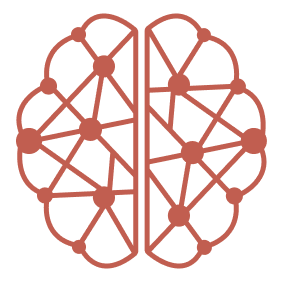Why claude.md Fails and How CORE Fixes Memory in Claude Code

The Pain Every Claude Code User Knows
You’re in the middle of a tricky refactor. After 20 minutes of explaining architecture and trade-offs, Claude Code helps you land the perfect solution.
Then the session times out, Claude Code forgets everything and you’re back to square one.
To fix this you use claude.md , a static markdown files for AI memory. Clever, but clunky.
Claude.md smart idea but has its own limitations
claude.md organizes memory at enterprise, project, and personal levels, injecting those files into every session. But in practice, the cracks show fast:
- Outdated context → Files rarely keep up with real architecture changes
- Manual overhead → Someone must edit markdown every time decisions evolve.
- Token bloat → Claude reads all 2,000 words, even if you’re just debugging CSS
- No relationships → “Use PostgreSQL” and “Use Redis” are just lines in a file, not connected design choices
In short: CLAUDE.md made memory possible, but not practical.
CORE Memory: Dynamic, Zero-Maintenance Intelligence
CORE replaces static files with a living memory layer that grows with your project.
Instead of reading flat markdown, CORE builds a temporal knowledge graph with:
- Episodes → Complete conversations, with provenance
- Entities → Key people, decisions, and concepts, auto-extracted
- Relationships → Semantic links that strengthen over time
No manual updates. No bloated context. No starting over.
CORE Memory Graph
Why CORE Beats CLAUDE.md
🎯 Relevant Retrieval, Not Token Waste
CLAUDE.md dumps everything into every session. CORE uses semantic search to surface only relevant memories
- Talking databases? You get PostgreSQL discussions.
- Debugging CSS? No irrelevant architecture dumps.
🔄 Cross-Session, Cross-Tool Continuity
With CORE, context doesn’t reset when sessions do.
- Seamless across time → Pick up last week’s architecture debate as if it never paused in claude code
- Seamless across tools → Start brainstorming in ChatGPT, and implement in Claude Code, CORE keeps the thread unbroken.
Seamless Retrieval from CORE Memory in Claude Code
🌐 Unified Knowledge Hub
CORE connects everything:
- AI sessions (Claude Code, ChatGPT, Cursor)
- Project context (GitHub, Linear, Slack, tech docs)
Yesterday’s Slack concern links to today’s Linear ticket and last week’s caching brainstorm, giving you a connected view instead of silos.
Adding Slack Discussion to CORE Memory
⚡ Dynamic & Self-Updating
Forget manual markdown edits. CORE automatically ingests docs, tickets, and conversations to keep memory always up to date.
Connected via MCP to tools like Cursor and Claude Code, CORE applies rules and instructions to auto-search and ingest context for every interaction.
Side by side comparison
| Capability | CLAUDE.md | CORE Memory |
|---|---|---|
| Team Collaboration | ✅ Version controlled | ✅ Real-time sharing |
| Context Evolution | ❌ Manual updates | ✅ Automatic learning |
| Relationship Awareness | ❌ Flat structure | ✅ Knowledge graph |
| Cross-Tool Integration | ❌ Single source | ✅ Unified hub |
| Contradiction Handling | ❌ File overwrites | ✅ Versioned resolution |
| Temporal Tracking | ❌ No time sense | ✅ Full audit trails |
| Selective Loading | ❌ All-or-nothing | ✅ Smart retrieval |
Get Started in 1 Minute
Prerequisites
- Claude Code installed
- CORE account → Sign up here
Run this in your terminal:
claude mcp add --transport http core-memory https://core.heysol.ai/api/v1/mcp/memory\?source\=Claude-Code
The Shift: From Files to Living Memory
CLAUDE.md proved AI needs memory. But updating markdown isn’t memory, it’s bookkeeping.
The future isn't about better file management, it's about AI that genuinely understands your work.
CORE memory delivers that future.
⭐ CORE is Open Source - Support Us on GitHub
CORE Memory is fully open source, designed to give developers true continuity across sessions and tools.


